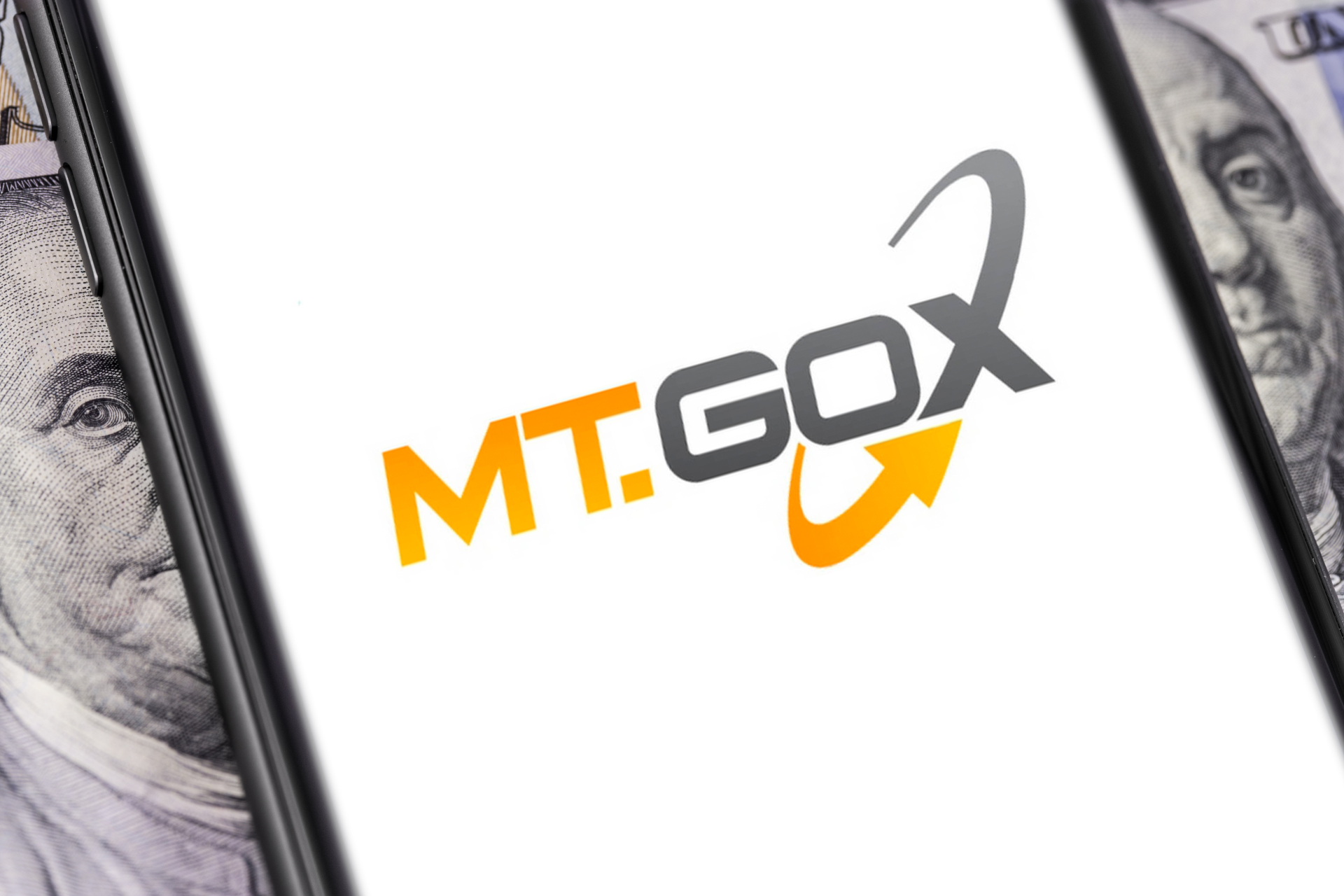The largest creditor of the crypto exchange Mt.Gox, which collapsed in 2014, opts for the option of getting its Bitcoin back as soon as possible. Creditors have the choice of getting part of their funds back in September or awaiting the full procedure. Waiting for the full procedure can yield a larger sum, but that procedure can easily take another nine years.
Satisfied with 90 percent
According to Bloomberg, the creditor is satisfied with ‘only’ 90 percent of the amount to which he or she is entitled. It is striking that the creditor in question also chooses to have himself paid out in Bitcoin, instead of in fiat money. With this, the person in question gets his money back from the fallen exchange platform about nine years later.
This is a stroke of luck for the market, as it means that the Bitcoin in question will not be sold. Normally, the trustee would have to sell the Bitcoin and then pay the creditor in fiat money.
In this case, the creditor chooses Bitcoin, possibly because he or she wants to arrange the sale himself. Other creditors have until March 10 to make a choice about their own situation. If they opt for ‘early payment’, they will receive their funds again in September.
React fast
On Jan. 6, Mt.Gox trustee Nobuaki Kobayashi announced that creditors must respond by the March 10 deadline. If they don’t, they have to bring a lot of paperwork to the office in Japan and they will be paid in Japanese yen. That is probably not really an attractive option for most creditors.
Mt. Gox was the largest crypto exchange in the world for a long time before it ran into trouble and went bankrupt in 2014. At the time, the exchange platform was managing over 750,000 Bitcoin for its clients, all of which were stolen. In that theft, 100,000 of their own Bitcoin was also stolen.
Part of that Bitcoin has now been recovered. At the time of the theft, the Bitcoins were worth about $473 million, while they currently sell for around $20 billion. Many of the creditors have therefore become richer over the years.
